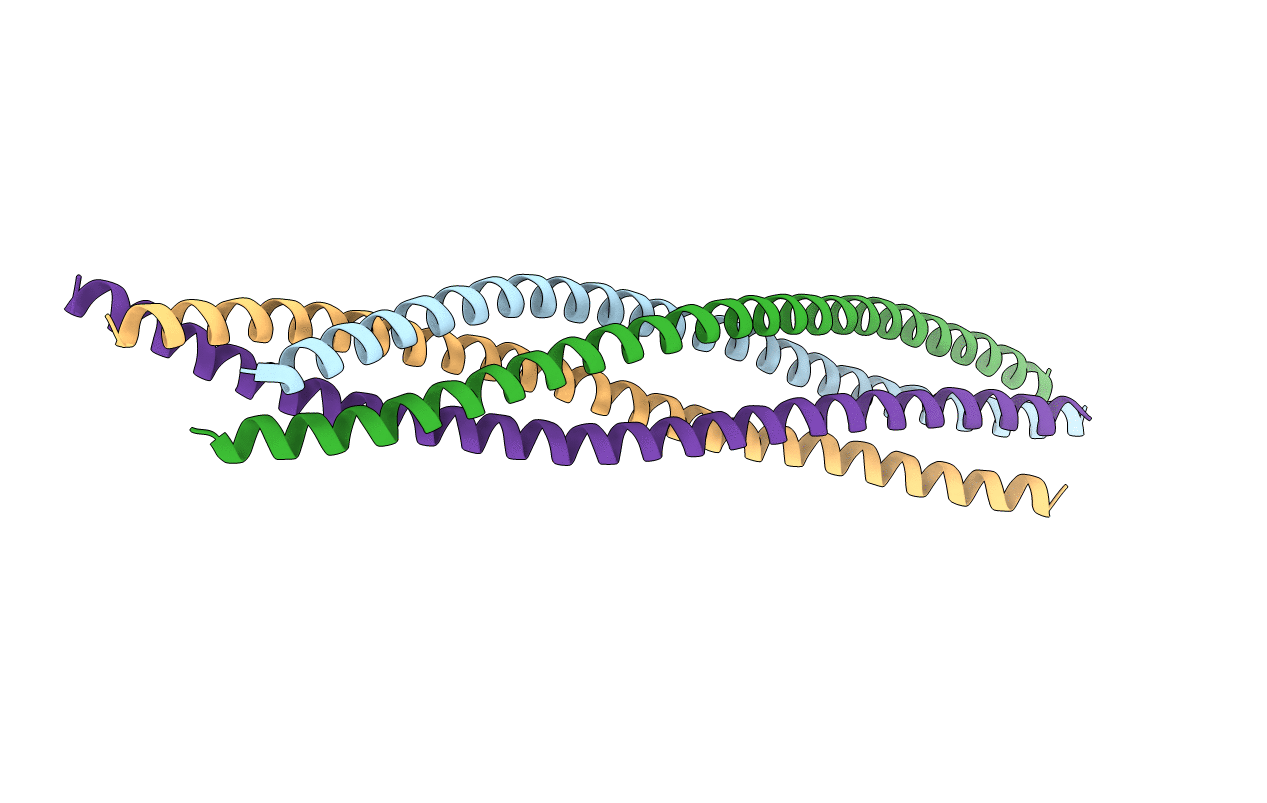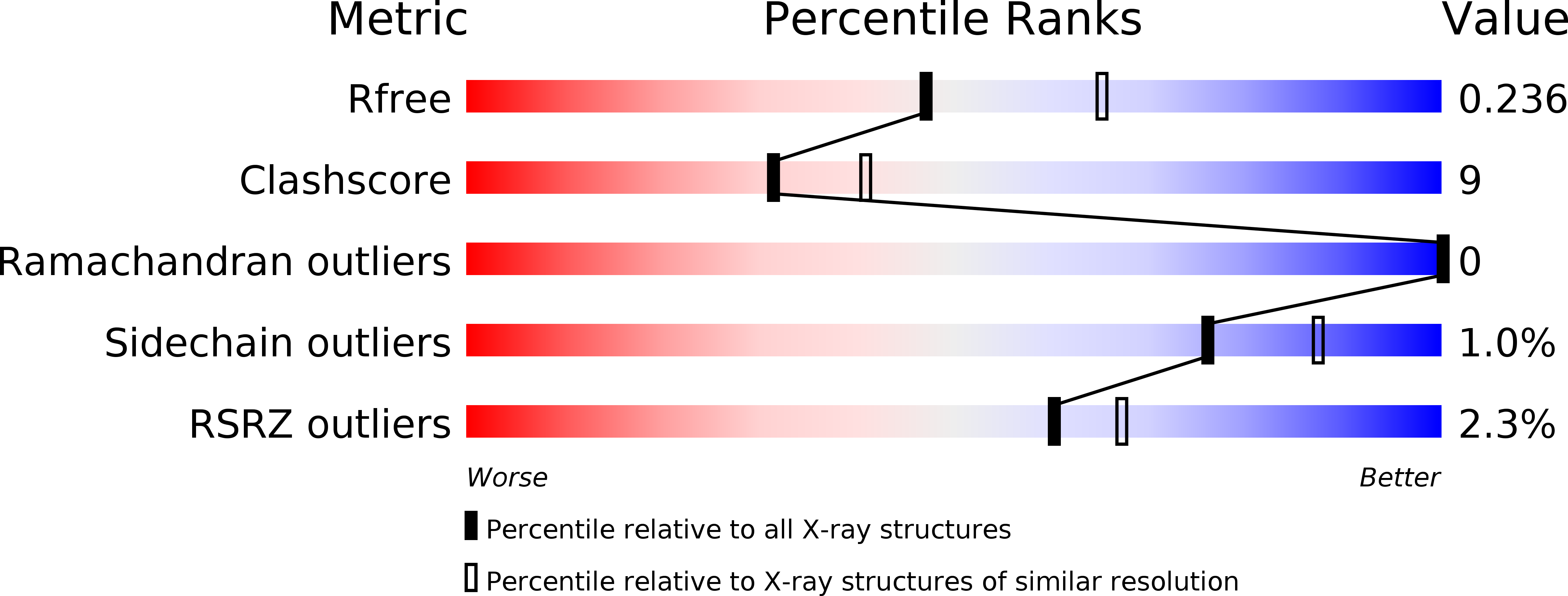
Deposition Date
2016-05-25
Release Date
2017-03-08
Last Version Date
2024-03-06
Method Details:
Experimental Method:
Resolution:
2.30 Å
R-Value Free:
0.23
R-Value Work:
0.22
Space Group:
I 1 2 1


